Why Toy Breeds and Small Dogs Are at Higher Risk for Dental Disease
If you share your home with a Chihuahua, Yorkshire Terrier, Pomeranian, or another tiny companion, you probably know their size doesn’t limit their personality. But here’s something many pet parents don’t realize: toy breeds and small dogs are significantly more prone to dental disease—and often at a much younger age.
At St. Petersburg Animal Hospital & Urgent Care, we see the impact of untreated dental disease in small dogs every day—ranging from chronic pain to preventable extractions. The good news? With early, consistent care, you can protect your dog’s teeth and help them live more comfortably for longer.
Why Are Small Dogs More Likely to Develop Dental Disease?
Periodontal disease, the progressive inflammation and infection of the tissues around the teeth, is more than just bad breath—it’s one of the most common (and most overlooked) health issues in small-breed dogs.
Here’s why the risk is higher in toy breeds:
1. Too Many Teeth in Too Little Space
Small dogs have the same number of adult teeth as large breeds—42 in total—but in a much smaller mouth. This crowding leads to overlapping teeth, tight crevices, and rapid plaque buildup.
Royal Canin’s guide outlines how jaw size plays a direct role in disease risk.
2. Retained Baby Teeth
Toy breeds are more prone to retaining deciduous (baby) teeth, especially in the front of the mouth. These baby teeth compete for space, trap food, and accelerate decay.
Learn more about removal of retained baby teeth.
3. Malocclusion (Misaligned Bites)
Abnormal jaw structure or alignment is more common in small dogs, leading to malocclusion—teeth that don’t line up properly. This misalignment causes trauma to the gums or tongue, speeds tartar buildup, and increases the risk of infection.
Explore more in DVM360’s guide to malocclusion.
4. Genetic and Developmental Factors
Some breeds are genetically predisposed to oral health conditions like:
- Gingival enlargement (Cornell Genetics Lab)
- Cleft palate or congenital abnormalities (Embrace’s guide)
- Underdeveloped jaws or abnormal tooth placement (Merck Veterinary Manual)
Signs of Dental Disease in Small Dogs
Because dogs instinctively hide pain, dental disease can progress quietly. Watch for:
- Bad breath
- Red, swollen, or bleeding gums
- Visible tartar or yellow-brown deposits
- Loose, missing, or discolored teeth
- Drooling or dropping food
- Reluctance to eat or chew
- Pawing at the mouth
- Facial swelling or sensitivity
In some cases, advanced disease can lead to jaw fractures or signal the presence of oral tumors.
Learn about jaw fractures
Explore signs of oral tumors
Why Early Diagnosis Matters—Especially in Small Breeds
By the time symptoms are obvious, the disease is often advanced.
That’s why early diagnosis—before your pet is in pain—is essential.
At St. Petersburg Animal Hospital & Urgent Care, we follow the AAHA dental care guidelines to deliver complete, proactive care, including:
- Annual or semiannual oral health exams
- Full-mouth dental X-rays to evaluate roots and jaw health
(Why they’re necessary) - Professional cleanings under anesthesia
(Safe anesthesia protocols from AAHA) - Tooth extractions or treatment of fractured teeth when needed
(Details from Today’s Veterinary Practice) - Pain control and post-op care tailored to your dog’s needs
We often recommend beginning dental cleanings around age 1–2 for toy breeds, even earlier if dental abnormalities are present.
How to Prevent Dental Disease in Small Dogs
Small breed dogs need daily oral care—just like people.
Your at-home dental care checklist:
- Brush daily with a soft-bristled brush and pet-safe toothpaste
- Offer VOHC-approved dental chews and rinses (Find the list here)
- Avoid hard toys or chews (bones, antlers, nylon)
(Why these can cause harm – AKC) - Feed a veterinary-recommended dental diet if advised
- Schedule regular professional cleanings and exams
Remember: even with great home care, professional cleanings are essential to remove plaque and tartar beneath the gumline—where toothbrushes can’t reach.
When to Seek Urgent Dental Care
Some dental issues become emergencies quickly. Please contact us or visit urgent care if your dog experiences:
- Bleeding from the mouth
- Swelling of the jaw or face
- Sudden tooth loss or broken teeth
- Difficulty chewing, eating, or opening the mouth
- Visible oral pain or pawing at the face
Our in-house diagnostic lab ensures we can quickly assess your pet’s condition and deliver safe, effective treatment—even during urgent cases.
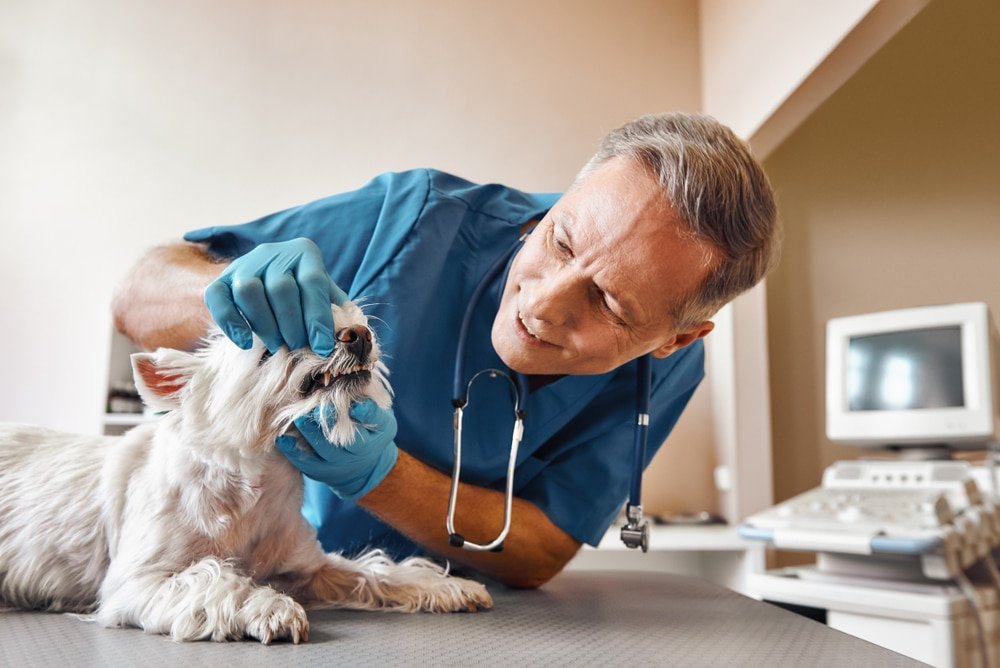
Protecting Your Dog’s Health Starts With the Mouth
Dental disease doesn’t stay confined to the mouth. Chronic oral infections can affect your dog’s heart, liver, kidneys, and overall immune system. That’s why protecting oral health is protecting total health.
At St. Petersburg Animal Hospital & Urgent Care, we’re proud to offer:
- Comprehensive dental exams and cleanings
- Safe anesthesia tailored for small breeds
- Thoughtful treatment plans based on your pet’s comfort and your goals
- Honest communication at every step
Schedule Your Small Dog’s Dental Exam Today
If your dog is overdue for a dental exam—or if you’ve noticed any signs of oral discomfort—now is the time to act.
Schedule an appointment today or call us with your questions. We’ll help you protect your pet’s health, comfort, and smile—one tooth at a time.

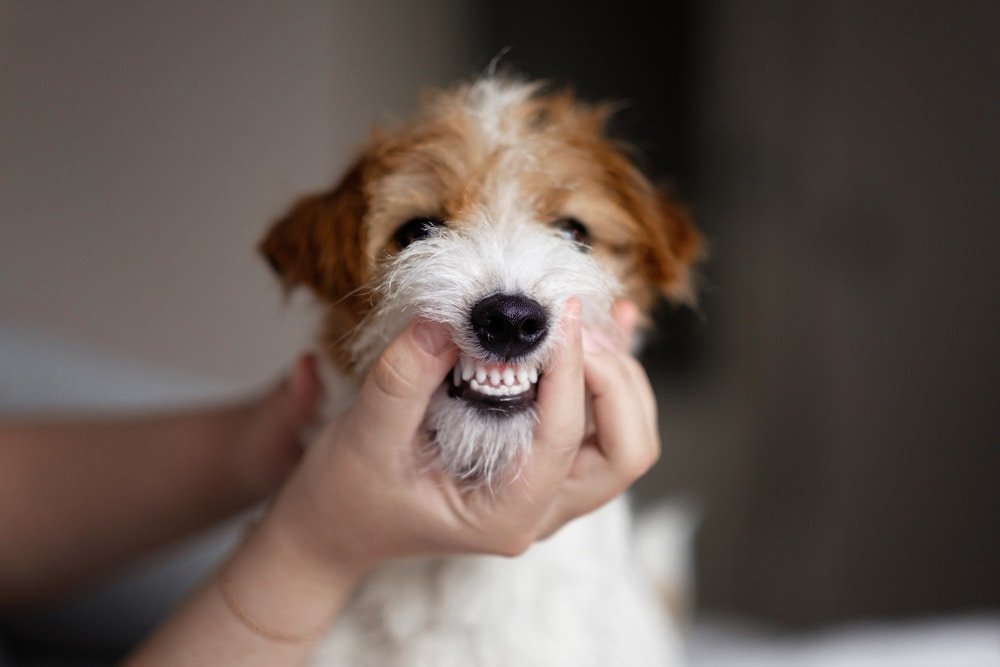
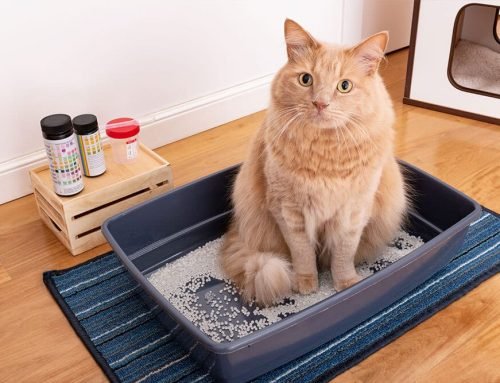
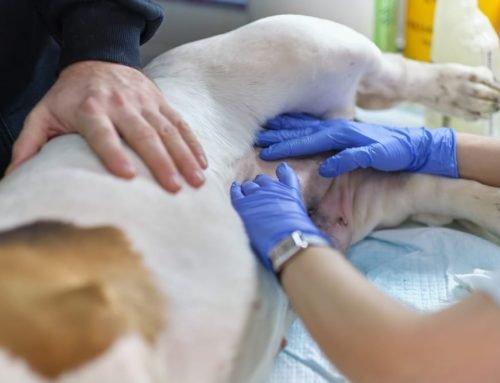
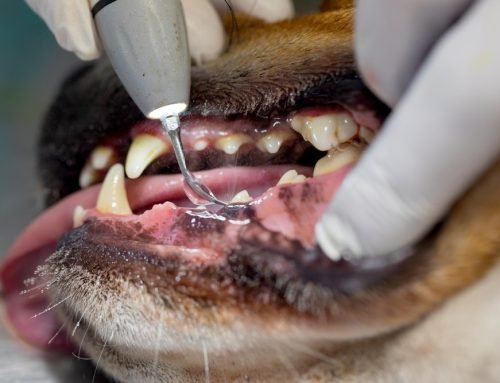


Leave A Comment